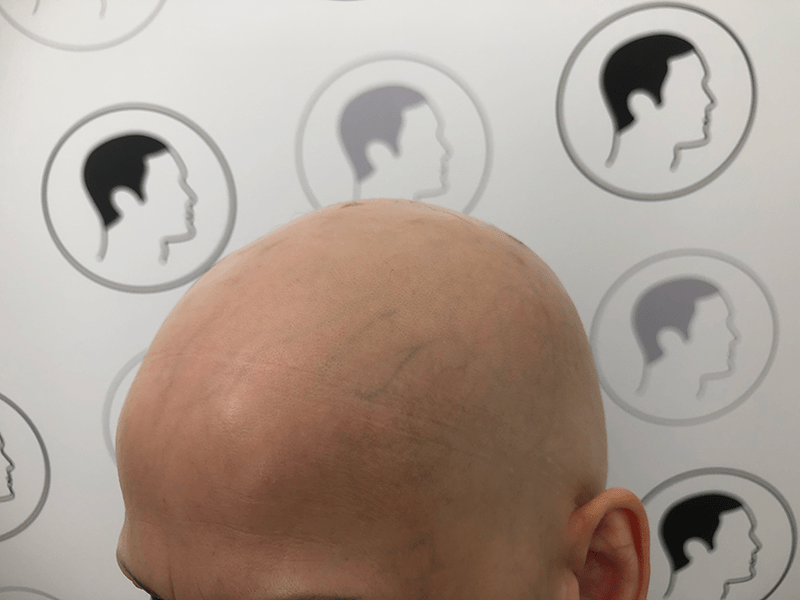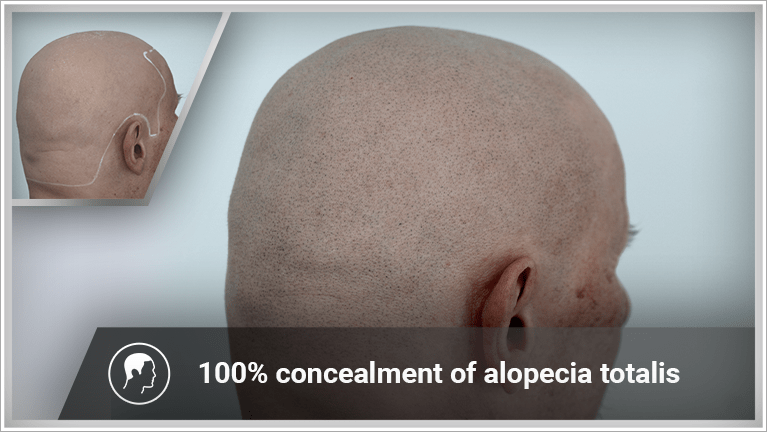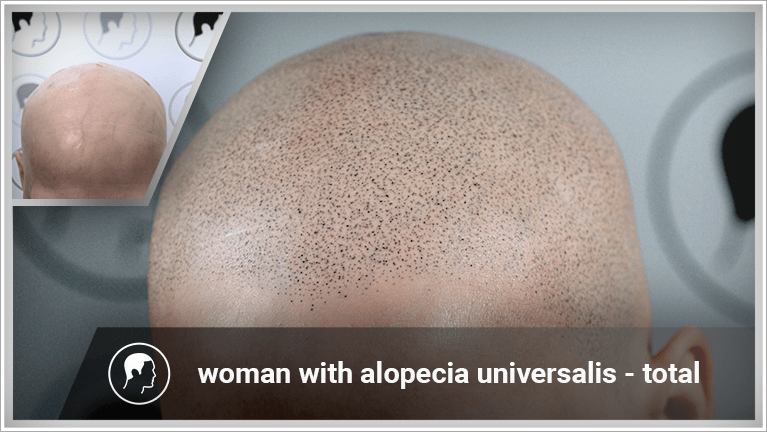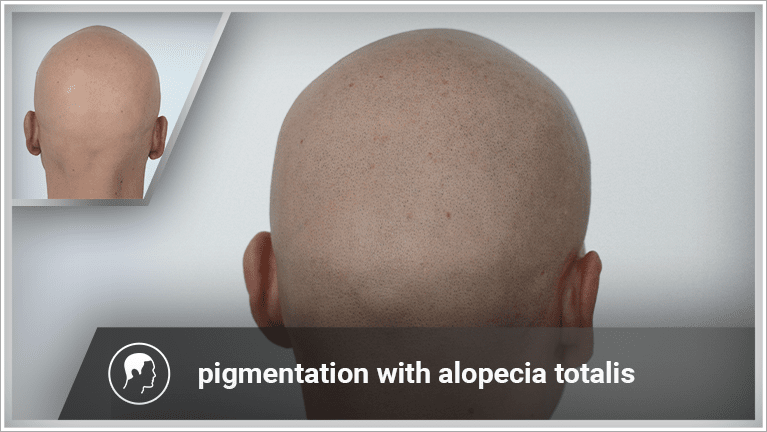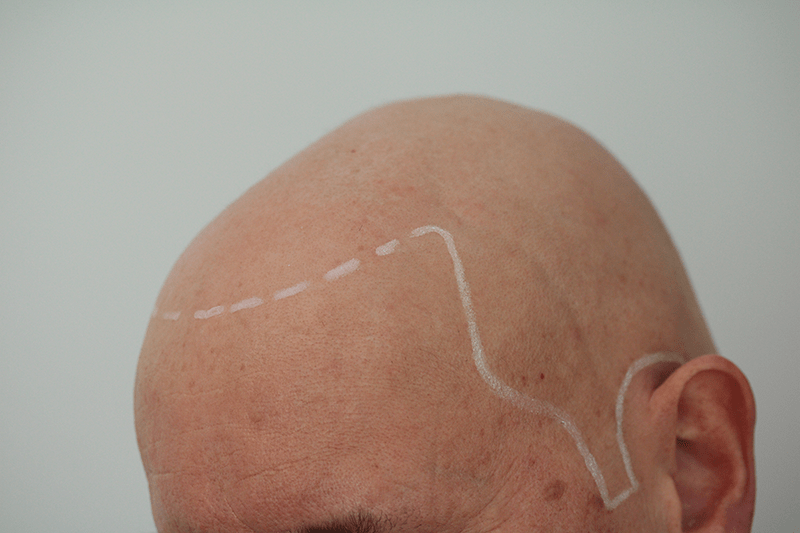Every human being has body hair in various places, which changes many times over the course of a lifetime. Even in the womb, embryos already have a protective layer of hair. But they usually lose it before birth or shortly afterwards. In childhood we develop so-called vellus hair, also known as peach fuzz or baby hair. This thin hair is unpigmented, and covers most of the body with the exception of the palms of the hands, the soles of the feet, the lips and the nipples. During puberty we grow terminal hair, which is thicker and pigmented.
In Germany, hereditary hair loss is the most common cause of hair loss. But hair loss on some areas of the body can also be caused by disease. The most common hair loss condition is alopecia areata, also known as circular hair loss. In Germany there are around 1.4 million people of all ages who suffer from this condition. In rare cases, circular hair loss can develop into alopecia universalis – the complete loss of all the hair on the body.
Body hair has various functions
How body hair develops during and after puberty varies from person to person. Hereditary factors play an important role, but so do evolutionary adaptation processes. Male sex hormones called androgens are key to the development of body hair during puberty. Because more androgens are released in men, they tend to have more body hair than women. Although body hair plays less of a role today than it did a few thousand years ago, it is still important:
- Hair helps the skin react more quickly and sensitively to being touched. This means that the presence of parasites, for example, can be picked up on more quickly.
- Armpit hair and pubic hair increase the surface area of those parts of the body. Since there are also a lot of sweat glands in these areas, moisture can easily build up there, and hair helps to get rid of it. Hair also helps with temperature regulation.
- Hair in the nose, the ears and the pubic area protects the body against the intrusion of parasites.
- In the genital area, pubic hair reduces friction.
- Eyelashes and eyebrows stop sweat getting into the eyes.
With alopecia universalis, all these protective functions of body hair are lost.
What are the causes of alopecia universalis?
Alopecia universalis is extremely rare. The cause of the condition is unclear. The most likely explanation is that alopecia universalis is caused by a mutation on the HR chromosome. In most cases, people suffer from alopecia areata, also known as circular hair loss, before losing all of their hair. This is an autoimmune condition which causes the body to attack its own hair follicles until eventually the hair falls out. The affected areas are round or oval, and clearly defined. Often only one patch is affected, and sometimes the hair even grows back by itself after a while. In particularly severe cases, however, alopecia areata cannot be halted and ultimately leads to alopecia universalis.
What can be done to combat alopecia universalis?
At the first signs of alopecia areata, it’s a good idea to go to the doctor. There are various treatment options which can help stop or even reverse hair loss. Doctors often prescribe cortisone, for example, or high doses of UV radiation. For patients, however, the results are often unsatisfactory. The longer circular hair loss persists and the further it progresses, the greater the risk that it will develop into alopecia universalis. If someone has already experienced complete hair loss, it is unlikely that their hair will grow back again.
The only option is to accept and conceal the hair loss – and scalp micropigmentation is the perfect way to do that! It creates the illusion of thick short hair. Men can conceal their alopecia universalis with a close-shaven look. And women who suffer from hair loss and wear a wig can also benefit from improved quality of life with scalp micropigmentation: after the process, the head no longer looks bald when the wig is removed at home. Scalp micropigmentation is completely safe, and improves personal wellbeing by recreating a natural-looking hairline and an attractive frame for the face.

